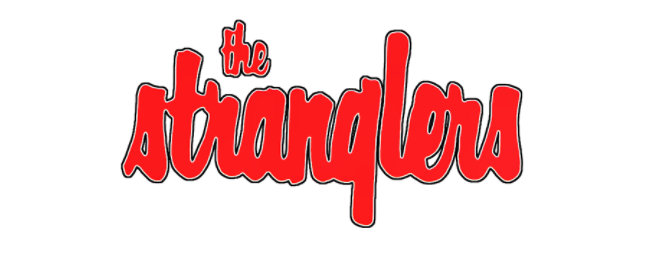Thu 6 June 2024 4:00, UK

(Credits: Far Out / Album Cover / Press)
While the punk movement wasn’t an illusion, several artists proved that the genre existed in some capacity long before the Ramones and Sex Pistols. In the US, Iggy Pop and his band The Stooges are considered genre pioneers with their riotous aesthetic and punchy beats. Across the Atlantic, The Stranglers made similar precursory moves crucial to the UK punk wave.
Although The Stranglers released their masterpiece debut album, Rattus Norvegicus, at the peak of punk in 1977, the band had been around for a while. At this point, drummer Jet Black was staring down the barrel of 40 and keyboardist Dave Greenfield had just turned 28, with frontman Hugh Cornwell following close behind.
The Stranglers was a much more experienced band than their contemporaries, such as Sex Pistols and The Clash, and had even inspired some of these musicians in their early pub rock years. “None of us were really punk. But it was an opportunity. Who cares what they call us? This is our chance to get in through the door,” Cornwell admitted in a past interview with Classic Rock.
With classically trained guitarist Jean-Jacques ‘JJ’ Burnel on bass and Greenfield on keys, the band could distinguish itself from Sid Vicious’ fumbling fingers with ease. “The necessity of adopting a pose appealed to our provocative nature,” Cornwell added.
It may just have been The Stranglers’ “provocative nature” that inspired Sex Pistols and The Clash, too. “Steve [Jones] and Paul [Cook] used to come to all the shows, asking questions about how we did things,” Cornwell revealed. Continuing, he remembered an aspiring pub rocker named John Mellor, who frequented the South London gigs. “He was in tears backstage after one gig. He said, ‘I want a band like yours.’ The following week, he changed his name to Joe Strummer and was in The Clash,” Cornwell mused.
As luminaries of the punk wave, The Stranglers’ influence cannot be overstated. With their virtuosic and instrumentally diverse sound, the group joined groups like Talking Heads and Television as one of the first bands to lead the way towards the more stable post-punk era. Fans may consider Rattus Norvegicus to be The Stranglers’ overall masterpiece and most balanced release, but the band maintained impressive form throughout the late 1970s and ’80s, never fearing to widen their scope with unconventional influences and instrumental configurations.

Following the markedly experimental album The Gospel According to the Meninblack, The Stranglers returned to popular acclaim with La Folie in 1981. The album was an uneven thread of overcast new wave music highlighted by Burnel’s French musings in the title track and the baroque pop centre-piece, ‘Golden Brown’.
Although the rest of the album matched the mood, ‘Golden Brown’ was a bolt from the blue. With a waltz rhythm and Greenfield’s harpsichord instrumentation, it was a refreshing yet highly accessible addition to The Stranglers’ repertoire and the wider British music scene at the time. As Burnel recalled in a past interview with Q, ‘Golden Brown’ was an intentional cut against the grain. “The whole thing about that song is it really represented us sticking our fingers up to our detractors,” he claimed.
Remarkably, the band’s label, EMI, failed to discern the song’s accessible qualities and applied the brakes after hearing the recording. “We had to insist on it being released,” Burnel added. “We’d been taken over by EMI and they thought we were awful – and they hated Golden Brown. They said, ‘This song, you can’t dance to it, you’re finished.’”
Of course, the label was entirely wrong about the single. “They thought, it’s weak, it’s gonna die, it’s gonna drown in the tsunami of Christmas shit, but it didn’t,” the bassist continued proudly. “It developed legs of its own. It became a worldwide hit.” A month after its release in January 1982, ‘Golden Brown’ reached number two on the UK Singles Chart and performed well across Europe.
The song met controversy after its release, too, as a glorifying ode to heroin. “‘Golden Brown’ works on two levels,” Cornwell said of his lyrics. “It’s about heroin and also about a girl. Essentially, the lyrics describe how both provided me with pleasurable times.”
Central to the song’s peculiar allure was its triple-metre waltz rhythm. The beats are grouped in threes, with Greenfield’s harpsichord adding an extra beat to complete a movement of 13 beats. In terms of time signature, this translates to three bars of 3/4 followed by one of 4/4. The waltz rhythm is said to be directly inspired by Paul Desmond’s influential jazz classic ‘Take Five’ from Dave Brubeck’s legendary 1959 album Time Out. The resemblance is indeed uncanny.
RELATED TOPICS
https://faroutmagazine.co.uk/jazz-classic-inspired-the-stranglers-golden-brown/
